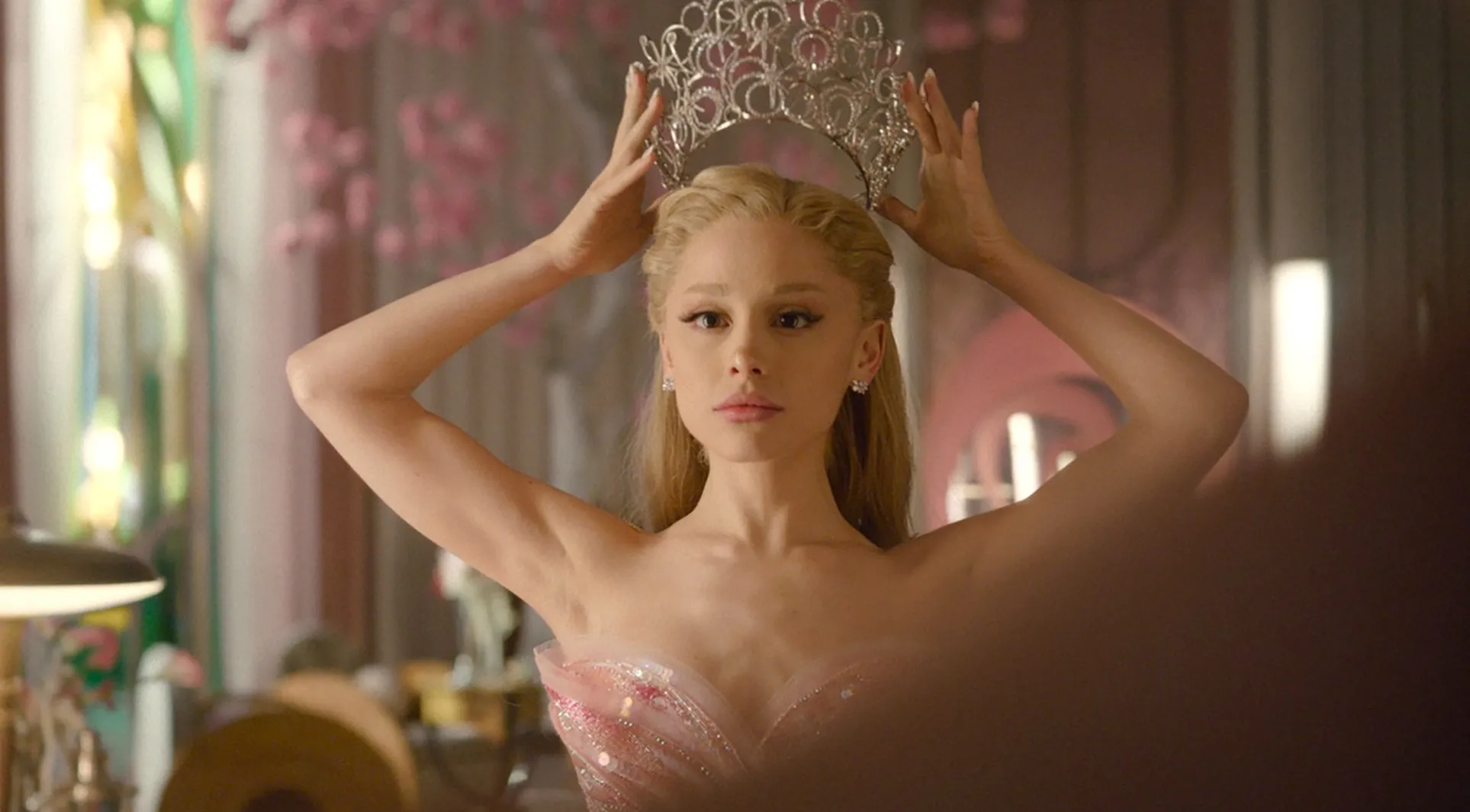When Netflix rolled out Black Rabbit in 2025, the streaming giant added yet another prestige drama to its expanding catalogue of crime-driven thrillers. Created by Zach Baylin and Kate Susman, the series weaves a background-soaked narrative of power, secrecy, and survival in contemporary New York. With Jude Law and Jason Bateman leading the cast alongside Cleopatra Coleman, Sope Dirisu, and Amaka Okafor, the show seemed destined to capture the audience that still hungers for noir-like stories in the age of streaming excess.
But buried inside its labyrinth of suspense is a detail that might escape the casual viewer yet stands out like a well-cut stone to anyone steeped in celebrity culture: the appearance of Ben Baller. Credited as himself, appearing in three episodes, and confirmed by his own posts on social media, the Los Angeles-based jeweler brings his world into the fabric of Netflix drama. In Episode 5, in a particularly telling scene, the character Wes introduces Jake to “Ben Baller, custom jeweler to the stars.” It is a moment that might last only seconds, but it reverberates across cultural lines. It collapses the fictional crime underworld into the real-life industry of celebrity luxury. And it gives viewers a cameo that is more than ornamental. It is symbolic.
This piece dives into what Ben Baller’s Black Rabbit appearance means: for him, for the series, and for the trends it reflects in 2025’s cultural landscape. His cameo is not just about diamonds or hip-hop status symbols. It is about the blurring of fiction and reality, the growing importance of cultural authenticity in storytelling, and the way figures like Baller extend their brands by being themselves in unexpected places.
Who Is Ben Baller? From Beats to Bling
For those not steeped in his trajectory, Ben Baller is far more than just a jeweler. His story is one of reinvention, adaptability, and relentless positioning within hip-hop culture. Born in Los Angeles, he first built a name not in gold but in grooves. As a DJ and record executive, he carved space for himself in music before redirecting his energy toward jewelry design in the early 2000s. His early commissions aligned him with artists who wanted something that matched their music—chains and pendants that were as much identity as accessory.
The pieces he produced—iced-out pendants, Jesus pieces, diamond-studded insignias—cemented his reputation. His company IF & Co. became synonymous with bespoke celebrity jewelry, and Baller’s name itself turned into shorthand for bling on the highest level. Over time, he cultivated a social media presence that extended his legend. On Instagram and X, he has never been shy about his achievements, his regrets, or his critiques of culture. His podcast, Cold As Ice, further layered his voice across platforms, shaping his reputation as both artisan and commentator.
Baller’s persona is complicated. At once ostentatious and grounded, he has bragged about his deals while admitting to mistakes—famously noting his “biggest failure” was not fully monetizing the Jesus piece craze that exploded after Kanye West popularized it. This candor makes him a figure audiences feel they know personally, even if only through filtered posts and podcast quips.
That persona is precisely what Black Rabbit leveraged when it cast him to appear as himself.
Cameo as Commentary
Ben Baller does not appear in Black Rabbit as a character with a fictitious name or invented backstory. He is simply Ben Baller. When Wes introduces Jake to him in Episode 5 as “custom jeweler to the stars,” the line collapses worlds. The audience watching at home hears a phrase they might have read in countless hip-hop magazines, sneaker blogs, or GQ profiles. Suddenly, a Netflix drama speaks the same language as the culture it depicts. For a show steeped in crime, wealth, and power dynamics, placing a real figure in its narrative functions as shorthand for authenticity.
This is part of a broader trend in 2020s storytelling: the cameo of real people in fictional contexts. Musicians, athletes, and designers have appeared as themselves in shows ranging from HBO’s Entourage to Netflix’s You People. But Black Rabbit uses Baller differently. His role is not a punchline, nor is it a gimmick. It is a brief flash of reality within fiction, a moment that suggests the series exists on the same plane as the nightlife, hustles, and underground economies it dramatizes.
By casting Baller, the creators are also making a statement about jewelry itself. Diamonds and gold are not just symbols in Black Rabbit’s world—they are realities. To bring in a real jeweler is to acknowledge that the symbols worn by its characters are crafted by someone tangible, someone who operates outside the script.
A Modest Self-Insertion
Interestingly, Ben Baller himself described his cameo as “small” and framed it with humility. This is important. Unlike celebrities who use cameos to announce themselves as aspiring actors, Baller seems content to treat it as an extension of his cultural imprint. He does not need to become a Hollywood figure. His value lies precisely in being himself. The cameo is less about screen time than about symbolic resonance.
This humility is also a strategic branding move. By downplaying the role, he avoids accusations of overreach while still reaping the benefits of visibility. For fans, it confirms what they already suspect: that Ben Baller is everywhere, yet never desperate.
Baller’s presence in Black Rabbit connects to broader trends shaping 2025:
Luxury in Storytelling
Contemporary series increasingly depict luxury not as backdrop but as character. Jewelry, fashion, and cars are not accessories—they are agents of meaning. Baller’s cameo personifies this trend. He is luxury made flesh.
Real Figures in Fiction
The cameo culture has matured. Where once cameos were comic relief, they are now authentication tools. Baller’s appearance is part of this maturation.
Cross-Industry Branding
Figures like Baller, who move seamlessly between industries, exemplify the modern creative entrepreneur. The cameo reflects how brand identities travel across platforms.
Audience Desire for Realism
Viewers crave a touch of reality in scripted content. The presence of Baller signals that the show’s universe aligns with the real economies of hip-hop and nightlife.
Street-to-Mainstream Narratives
Baller’s trajectory—from DJ to jeweler to Netflix cameo—mirrors the narrative arc audiences love: authenticity from the ground up, legitimized by mainstream platforms without losing edge.
Flow
If Black Rabbit is about secrets and survival, Ben Baller’s presence is its own kind of code. A cameo like his is a cipher that says: behind the fictional deals, the betrayals, and the power struggles lies a world that is real, glittering, and perilous. To invoke Baller is to acknowledge that jewelry is never just decoration—it is history, ambition, and armor.
In 2025, when fiction competes with reality for audience attention, cameos like Ben Baller’s are not indulgent flourishes. They are essential gestures. They remind us that culture is not contained in scripts but is lived, worn, and carried by figures who bridge worlds. And Ben Baller, stepping briefly into Netflix drama, proves that sometimes being yourself is the most powerful role of all.
No comments yet.








